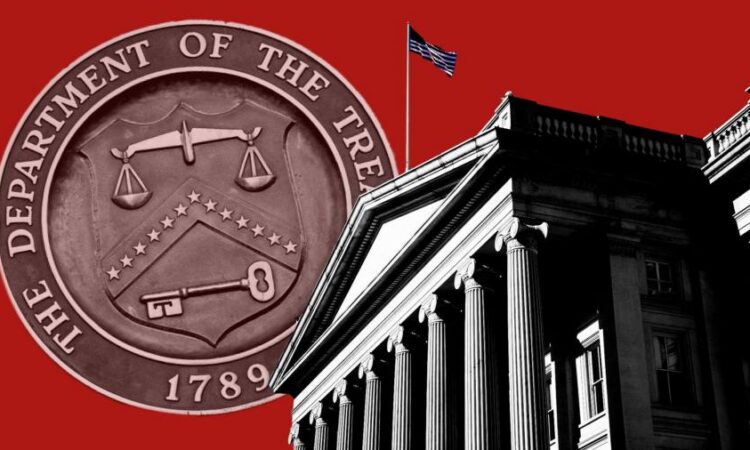
US stocks slid and short-term Treasury yields held near two-decade highs on Wednesday, as investors fretted over the looming US debt-ceiling deadline while policymakers struggled to reach agreement.
Wall Street’s benchmark S&P 500 was down 1 per cent and the tech-heavy Nasdaq Composite fell 1.1 per cent.
Both indices extended losses from the previous session as traders grew nervous at the prospect of an unprecedented US government default in June.
“Optimism over a debt-ceiling deal is getting tired out,” said Mohit Kumar, chief Europe financial economist at Jefferies.
The yield on Treasury bills that mature next month — at about the date the government could run out of money — eased slightly to 5.7 per cent, having climbed to 5.88 per cent overnight. The rate is at its highest level in more than 20 years, surpassing levels since before the financial crisis began in 2007.
The yield at auction on a US 21-day bill on Tuesday hit 6.2 per cent, the highest level for any US benchmark bond in more than 20 years.

Meanwhile, investors await the minutes from the Federal Open Market Committee’s March meeting, released later on Wednesday, which could give an indication of the Federal Reserve’s interest rate path.
In Europe, the region-wide Stoxx 600 traded down 1.8 per cent, hitting its lowest point in almost two months. France’s CAC 40 fell 1.7 per cent and Germany’s Dax lost 1.9 per cent, extending their losses from the previous session.
The FTSE 100 was down 1.8 per cent and short-term UK bond yields moved sharply higher, after data showed inflation fell to 8.7 per cent in April, a much smaller drop than the Bank of England had forecast.
“This undoubtedly makes life harder for policymakers and no doubt raises the chance of yet another . . . rate hike in June,” said James Smith, developed markets economist at ING.
Traders now bet that BoE rates will peak at about 5.3 per cent by the end of the year.
The yield on two-year gilts rose 0.24 percentage points to 4.37 per cent, its highest level since October 2022, when the “mini” Budget of then-chancellor Kwasi Kwarteng sent financial markets into a tailspin.
Meanwhile, China’s benchmark CSI 300 index fell 1.4 per cent, erasing gains from a rebound rally that had pushed the gauge up more than 10 per cent earlier in the year. In Hong Kong, the Hang Seng China Enterprises index fell as much as 1.6 per cent.
Three-month copper contracts on the London Metal Exchange fell 2.6 per cent to $7,981 a tonne, dropping below the $8,000 threshold for the first time in almost six months, on concerns over slowing global demand. Zinc dropped almost 3 per cent to $2,300 per tonne, its lowest level in almost three years.
The latest falls for Chinese stocks and commodities follow disappointing economic figures suggesting the country’s recovery from stifling zero-Covid restrictions has begun to stall. Official data this month showed record joblessness among Chinese youth, with one in five unemployed.
“Most investors are not confident about the outlook for the Chinese market,” said Dickie Wong, head of research at Kingston Securities in Hong Kong. Wong said the Chinese government “really can’t do anything about youth unemployment at the moment”.
Elsewhere in the region, Japan’s Topix index — which this month hit its highest point since 1990 — shed 0.4 per cent, and Australia’s S&P/ASX 200 fell 0.5 per cent.






